Discover Vietnam like a local: from hidden Tiger Caves and secret waterfalls in Cao Bằng to street noodles in Hue, lobster islands, Hanoi’s underground eats, and coral forests few talk about. This is the insider guide every traveler needs before they land in Vietnam.
1. Tiger Caves & Border Waterfalls: Northern Vietnam’s lesser known Power Spot
In Vietnam’s far north, Cao Bằng province is a raw-and-ready adventure playground. The star attraction is Bản Giốc (Ban Gioc) Falls, a multi-tiered cascade on the Chinese border is specifically 30 meters high and 300 meters across, making it the widest waterfall in Vietnam, though not the tallest, but don’t skip the nearby cave adventure. Just about 3–5 km south of the falls lies Động Ngườm Ngao – also known as Tiger Cave (in Tày language ngườm = cave, ngao = tiger). This vast cave was formed from weathered limestone over millions of years through wind and water erosion and is roughly 2,144 m long (with roughly 945 m open for visitors), so you won’t zip through it in five minutes. Inside, columns and dripstone formations loom under high ceilings. The opening hours of Động Ngườm Ngao are from 7:00 a.m to 6:00 p.m.
Admission is budget-friendly (around 30,000–45,000 VND for adults) – far less than a coffee in town – and you can join a local guide if you want (some tours even include helmet and flashlight for the cave’s deeper “Dark Zone”). The path from the falls is paved, so it’s easy to reach by motorbike or taxi. After scrambling over rocky “steps” carved by flowstone (pictured above), you’ll emerge back into daylight feeling like Indiana Jones minus the snakes.
Pro tip: Some areas within the cave lack handrails and can be slippery , the recommendation for a guide and appropriate equipment is practical advice for visitors. Also bring water bottles with you as it may take an hour exploring the caves.
2. Hue’s Best Kept Secret: 15K Street Noodles Worth a Plane Ticket
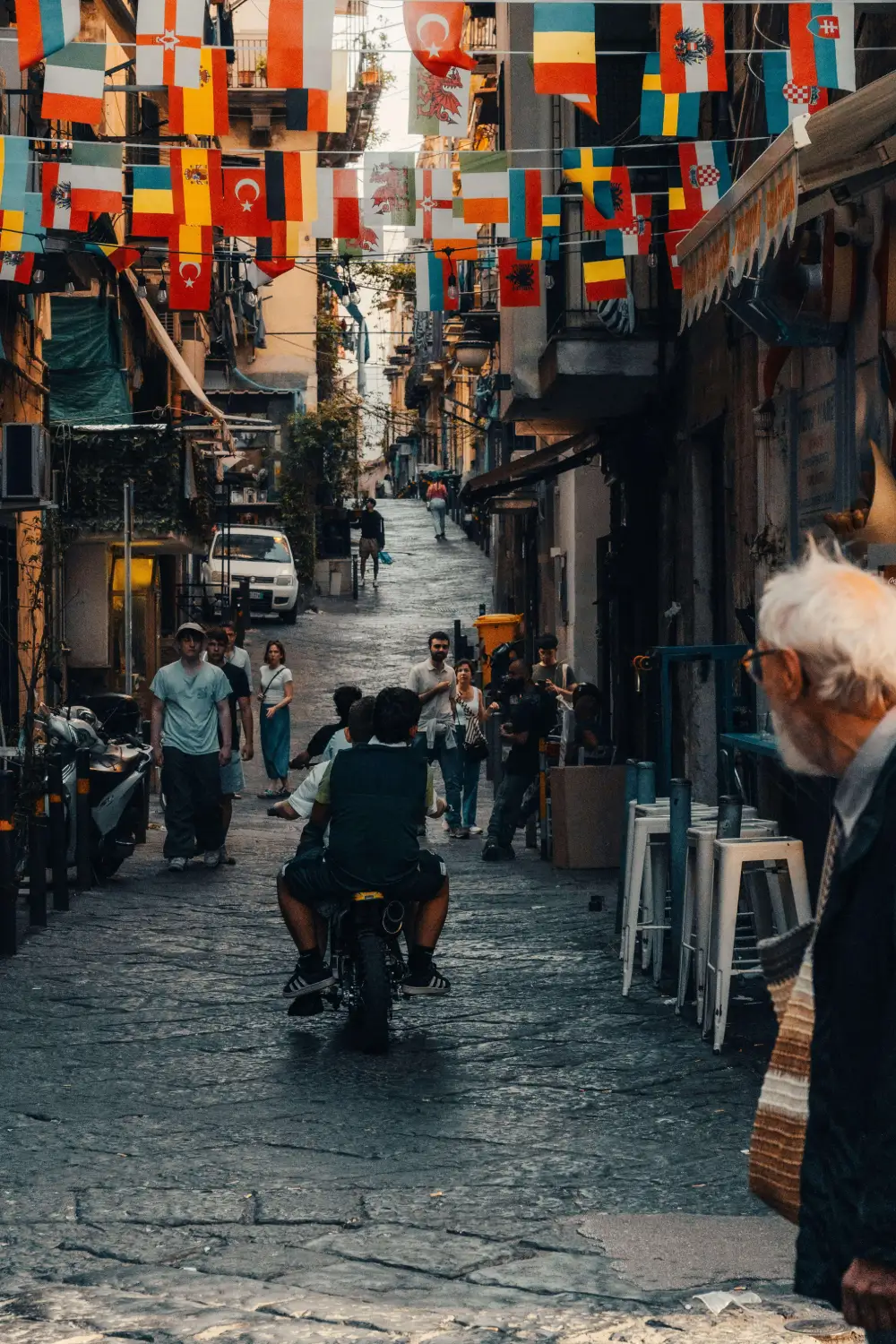
Central Vietnam’s old capital is a foodie haven. Among Hue’s street eats, one humble stall stands out: a tiny sidewalk spot at 179 Mai Thúc Loan Street, famous for bún thịt nướng (grilled pork & noodles). It’s barely a shed on the street corner, but locals swear by it. Here a bowl of bun thit nuong loaded with warm rice noodles, plenty of fragrant grilled pork, herbs and the secret sweet-spicy nước chấm sauce comes in at only 15,000–20,000 VND – rẻ bèo even by Vietnam standards. You may also find nem lụi (grilled pork skewers) at or near this location.
The vibe is blue-collar Hue. Early evening you’ll find generations of families and motorbike drivers slurping noodles in plastic chairs on the sidewalk. Dishes are đậm đà (rich and hearty) and really hit the spot after a day of sightseeing. Don’t worry about fanciness – authenticity is what counts here, and the long line at 179 Mai Thúc Loan proves it.
Pro tip: Get there mid-afternoon before the post-work rush; they close by evening.
3. The Lobster Island That Only Lets You Visit for a Day
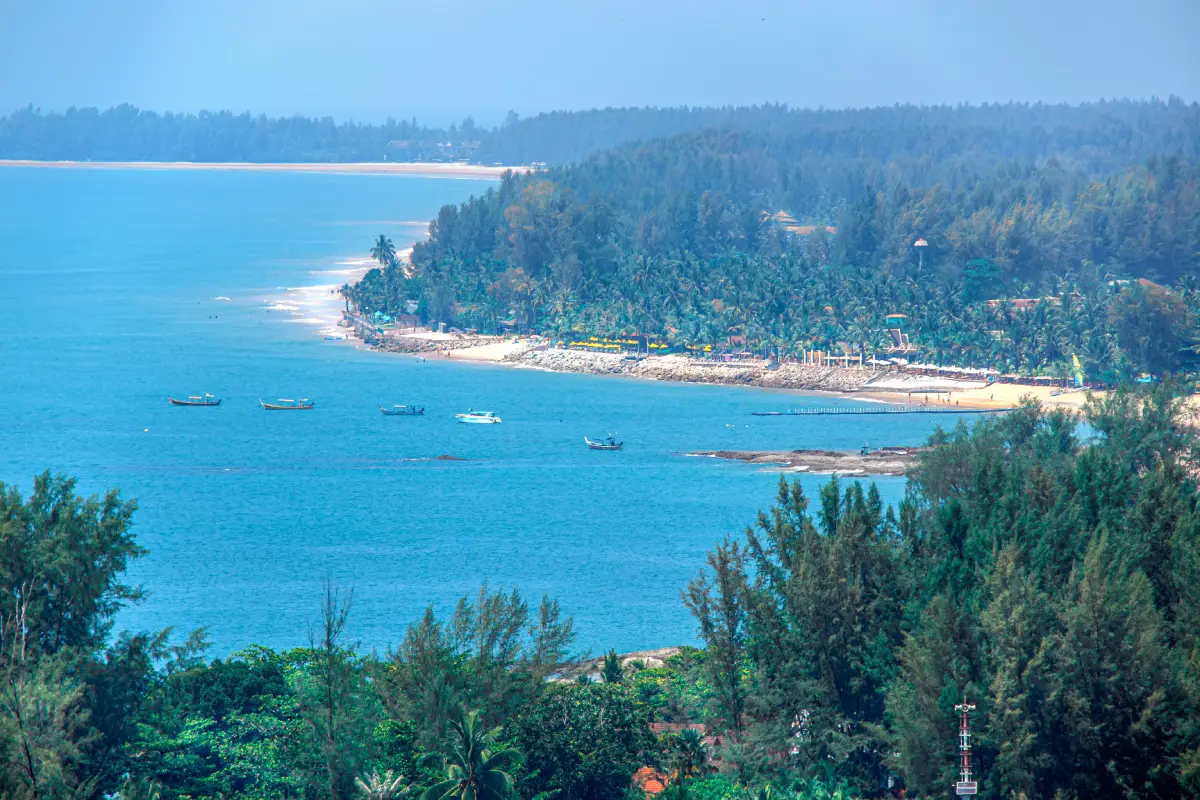
Out in sunny Khánh Hòa province, Bình Ba Island is a postcard-perfect outcrop of palm-fringed bays and white sand. The only way on (and off) is by boat – all ferries leave from Ba Ngòi Port near Cam Ranh. Boats run four times a day and tickets cost roughly 30,000–40,000 VND per person (and up to about 40,000 VND for private charters). The 15 km ride from Cam Ranh Airport (via taxi or xe ôm) to Ba Ngòi only takes about half an hour, so you can island-hop in a morning.
Once there, Bình Ba feels blissfully low-key – think quiet beaches (Nom, Chuông, Nha Cư), seafood shacks (fresh lobster is the local star!), and slow-paced village life. But here’s the catch for us backpackers: Bình Ba is still a military-administered island, so overnight stays are off-limits for foreigners. Day-trippers are welcome, but plan to return before sunset. No one will kick you out if you behave, but going past curfew or wandering into restricted zones is definitely a no-no. In practice, you’ll spend the day snorkelling in clear waters, feasting on grilled shrimp and lobster (tôm, tôm tít tươi rói), and then boat back to the mainland by evening. It feels like your own secret island getaway – just one without a hotel stay!
Timings: The departures from Ba Ngòi(port) to Bình Ba(Island) typically (around 7:00 AM, 10:00 AM, 1:00 PM/1:30 PM/12:00 PM, and 4:00 PM)
The return ferry schedule from Bình Ba(Island) to Ba Ngòi(Port), which is (around 5:00 AM, 9:00 AM, 12:30 PM, and 4:30 PM)
Pro Tip (Don’t Skip This!): Before heading to Bình Ba, double-check local regulations—while foreigners are generally not allowed to stay overnight, rules can change quietly depending on local enforcement or military discretion. Call ahead to the Ba Ngòi ferry office or ask your guesthouse in Cam Ranh to confirm access for the day. Don’t assume you can stay—plan for a day trip unless you’re Vietnamese or have special permission. Better safe than turned away at the pier!
Binh Hung Island as another nearby island with similar restrictions.
4. Hanoi’s Best Roll !
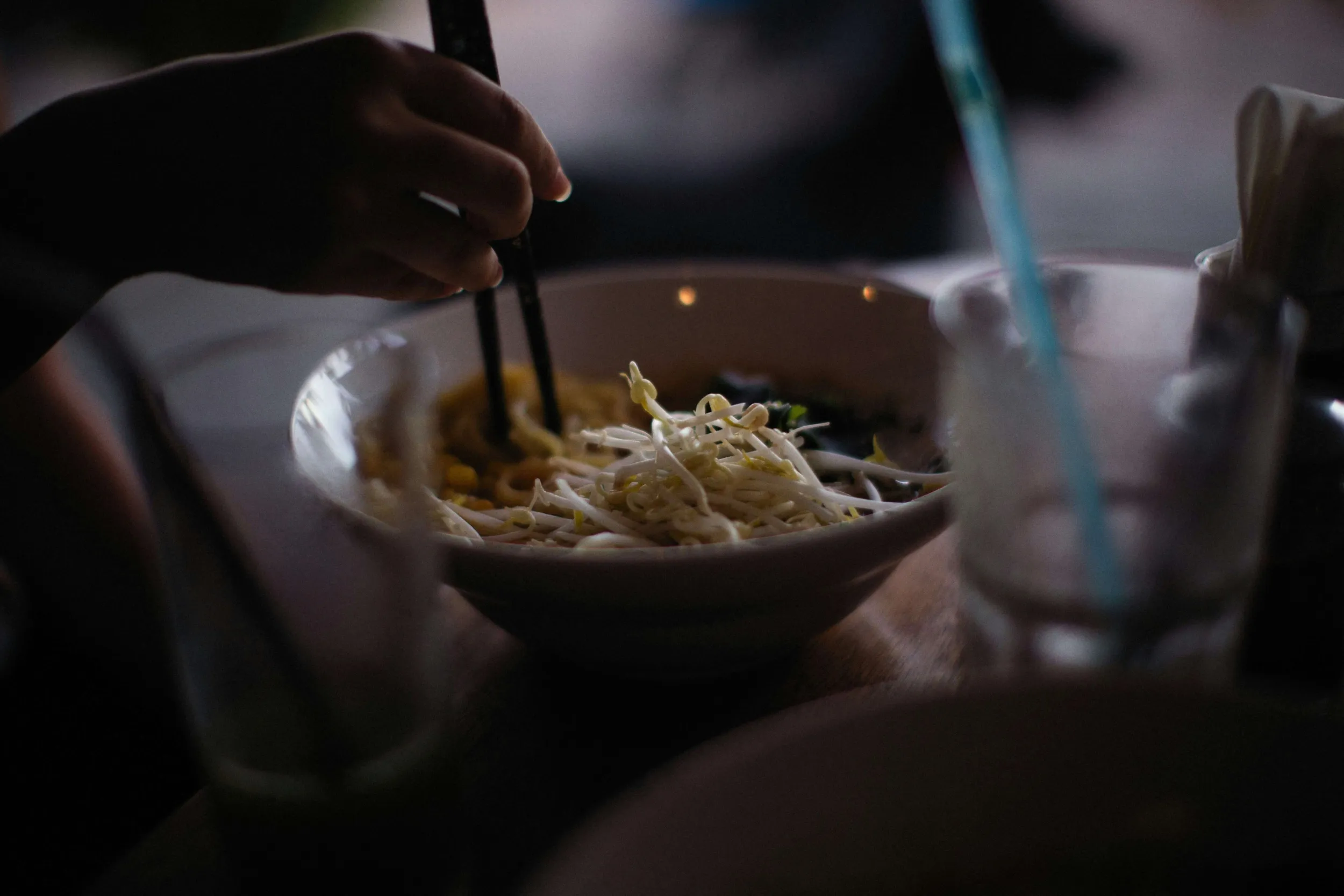
In Vietnam’s buzzing capital, even a humble lunch can be legendary. For phở cuốn (rolled rice noodles with beef), head to Phở Cuốn Hương Mai at 25 Ngũ Xã. This place has no tourist frills – no English menu or neon sign – but locals swear by it. You get fresh, tender beef and crunchy lettuce wrapped in silky rice sheets, dunked in chua ngọt fish-sauce dip. Bowls here go for roughly 50k–150k VND, which means a light but utterly satisfying meal.
Later, explore the nightlife scene in Ngõ (alley) 135 Đội Cấn, known informally as “Ốc Alley.” From late afternoon to midnight, motorbike headlights flicker down this narrow lane as crowds gather on stools outside street stalls selling sizzling plates of ốc (snails, clams, and other mollusks) and cold bia hơi. Grilling pork skewers, popping snails out of shells, and soaking up the chaotic beat of Hanoi – this alley feels completely authentic, not polished for tourists. Just be ready to point at Vietnamese names on boards or mimic the locals; no need to overthink it. In sum, Hanoi’s street food is all about sensory overload and generous portions – so go ahead, ăn chơi like a Hà Nội local.
Pro Tip: It’s advisable to carry cash, as many street vendors may not accept cards.
5. A Crashed American Bomber Hiding in a Quiet Hanoi Neighborhood
Tucked away amid normal Hanoi neighborhoods, Hữu Tiệp Lake has a ghostly secret: it’s also called “B-52 Lake.” In December 1972 (during Operation Linebacker II), an American B-52 Stratofortress was shot down by an SA-2 missile and crash-landed here. Even today you can see the skeletal bomber protruding from the lake’s shallow waters, a surreal Cold War-era relic behind quiet tile-roof houses.
This spot is more a memorial than an off-grid hideout. To visit, wander up small lanes in Ba Đình district’s Ngọc Hà ward and you’ll spot the tail section jutting above the waterline. It’s public (and free) – no guarded gate or tourist hut; just locals feeding fish under the wings. The hulking fuselage serves as a sober reminder of Hanoi’s past. For a backpacker, it’s a quick but moving visit: pair it with a coffee at a nearby lakeside café or a walk in the flower village streets, and reflect on Vietnam’s story.
6.The Grandmother of Hủ Tiếu Still Cooks on the Street – For 20K
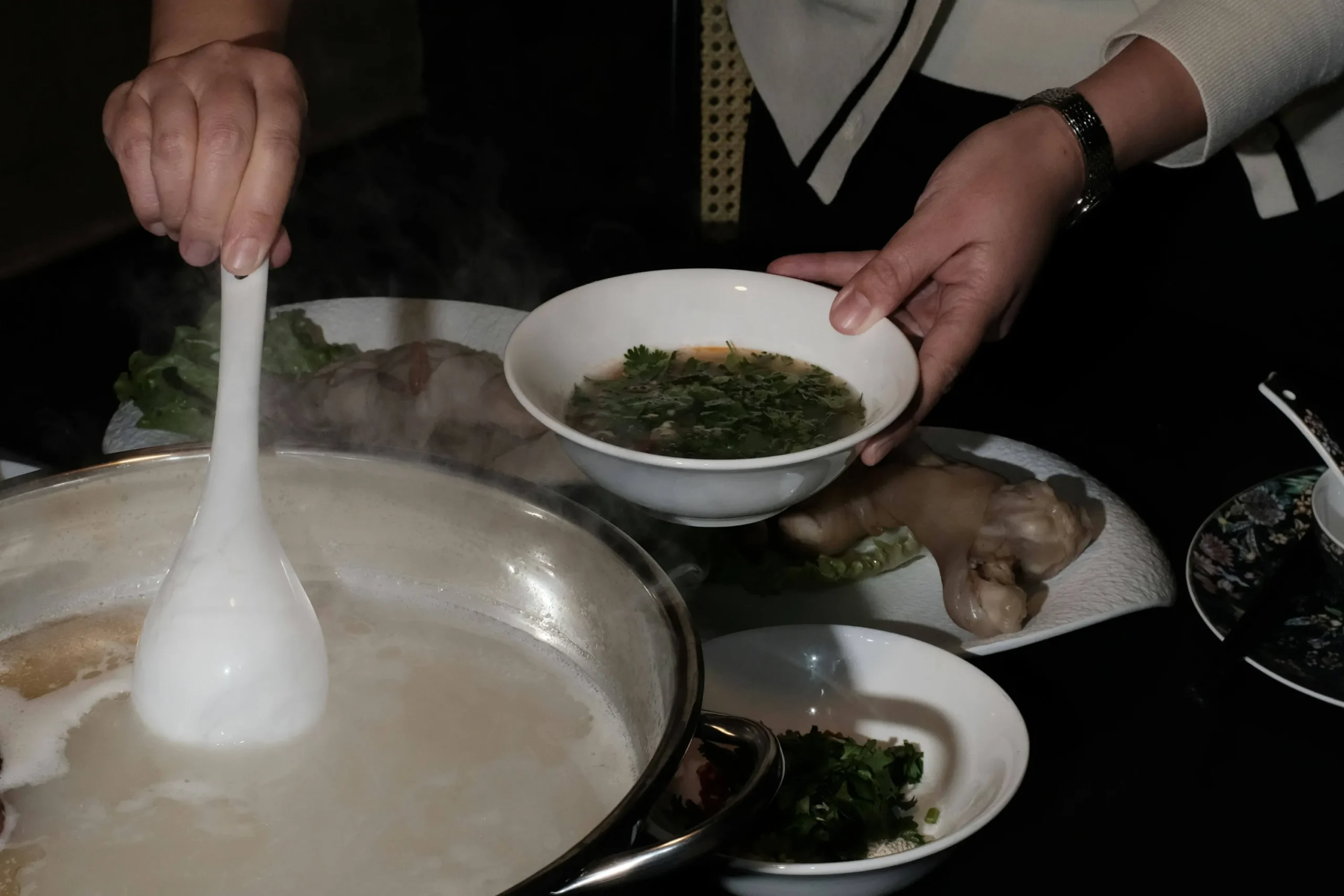
In the Mekong Delta town of Sa Đéc, don’t miss Bà Sẩm, an elderly street vendor who made hủ tiếu gõ famous from her cart on Trần Hưng Đạo Street. Her small stall at 188 Trần Hưng Đạo (Ward 1) has fed locals for decades. Once a shockingly good deal (just 7,000 VND a bowl back in the day), her standard bowl of hủ tiếu is priced at 10,000 VND, while a special bowl with additional toppings costs around 30,000 VND per bowl. Either hủ tiếu khô or nước, it’s rich with pork, minced shrimp, and char siu ham, all topped with scallions and chiên phi (fried shallots).
The scene is quintessential Mekong Delta: a sun-bleached street, a grandmother quietly ladling noodles, and the satisfying phịch of broth hitting a bowl. Snacks float by – bánh quẩy, chả Giò – but everyone’s here for Bà Sẩm’s soup. Locals insist it’s worth the hype: head early (she opens morning till about 9am) to avoid the crowd. Dining here, you’ll witness simple Vietnamese hospitality: maybe a nod or smile from Bà Sẩm herself as she works her magic over a hot wok of boiling broth.
7. Coral Forests That Bloom on Land – And Nobody’s Talking About It
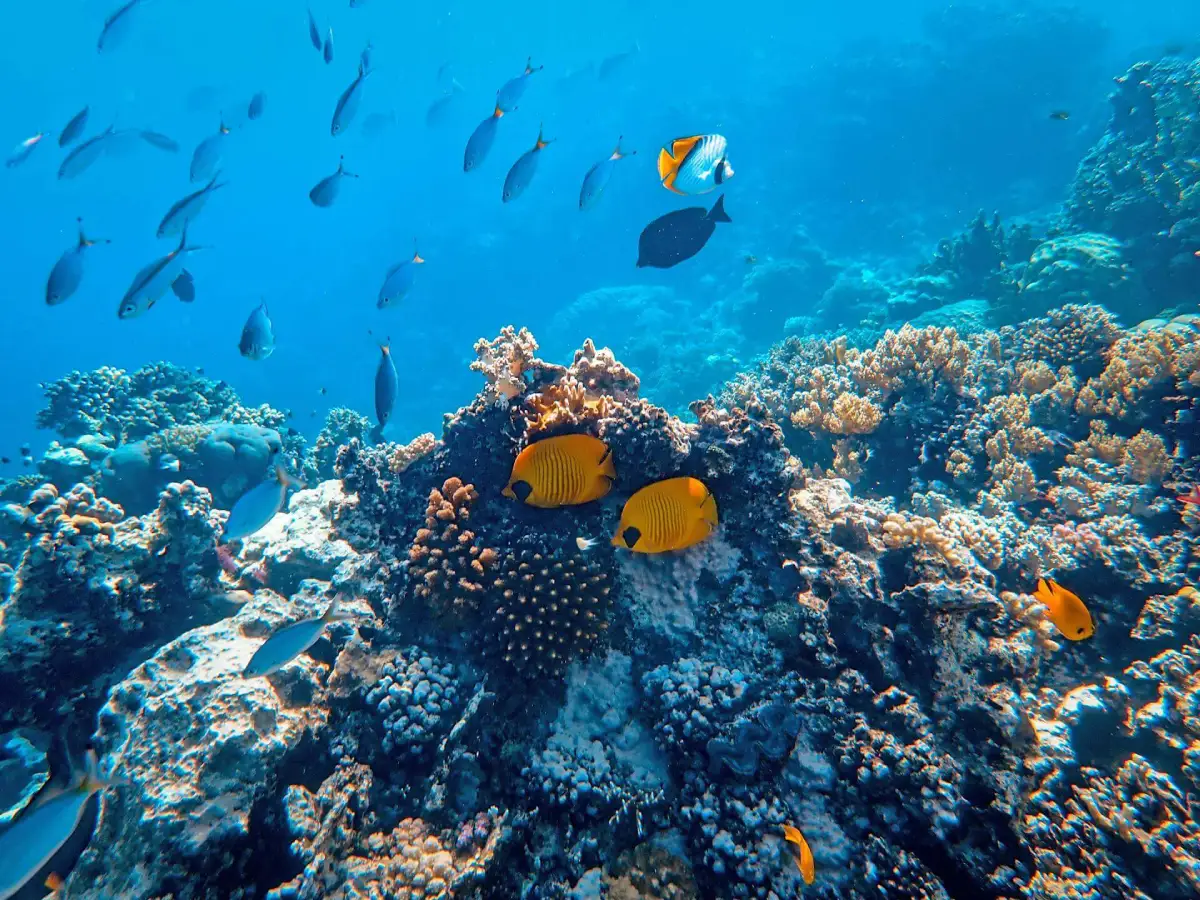
About 35 km north of Quảng Ngãi city lies Gành Yến, a wild fringe of volcanic rock where the ocean reveals its secrets. This coastal outcrop was built by lava flows millions of years ago: today piled basalt rocks form jagged “plateaus” that dip into the sea. From above it looks like stepping stones in turquoise water. At low tide you’ll find tide pools and a “coral forest” – fields of live coral colonies exposed briefly in the afternoon sun. Locals even dive here in season to snorkel around the reef right off the beach.
Reaching Gành Yến is straightforward: take National Route 24B toward Sa Kỳ, then turn off onto a new paved road leading through fishing villages toward Bình Thạnh commune. Signposts guide you, and the last stretch is gravel but passable by motorbike or car. Once there, you can scramble carefully over the black rocks, watching sea swallows (chim yến) flit among hidden nooks. Bring sturdy shoes and patience for sun and bugs – this spot is hoang sơ (untouched) and not set up with tourist shops. In return, you get an otherworldly scene: mangrove-green water lapping weird, spiky columns of rock, and the strange beauty of coral blooming on land. It’s a reminder that Vietnam’s real gems are sometimes at the far edges of a map, discovered one muddy turn at a time.
Sources: Up-to-date official and travel sources on Vietnam’s attractions and street food have been used throughout. Specific details include Ngườm Ngao (Tiger) Cave and Ban Gioc Fallstour.pro.vnvinpearl.com, Hue’s bun thịt nướng stallvinwonders.com, Bình Ba island ferry schedules and restrictionsmytour.vnmytour.vn, Hanoi’s Phở Cuốn Hương Maifoody.vn, the Hữu Tiệp Lake B-52 crashvinpearl.combaaa-acro.com, Sa Đéc’s Hủ Tiếu Bà Sẩmdulich.dongthap.gov.vn, and Gành Yến’s volcanic-coralscapevietnamnet.vnvietnamnet.vn.
